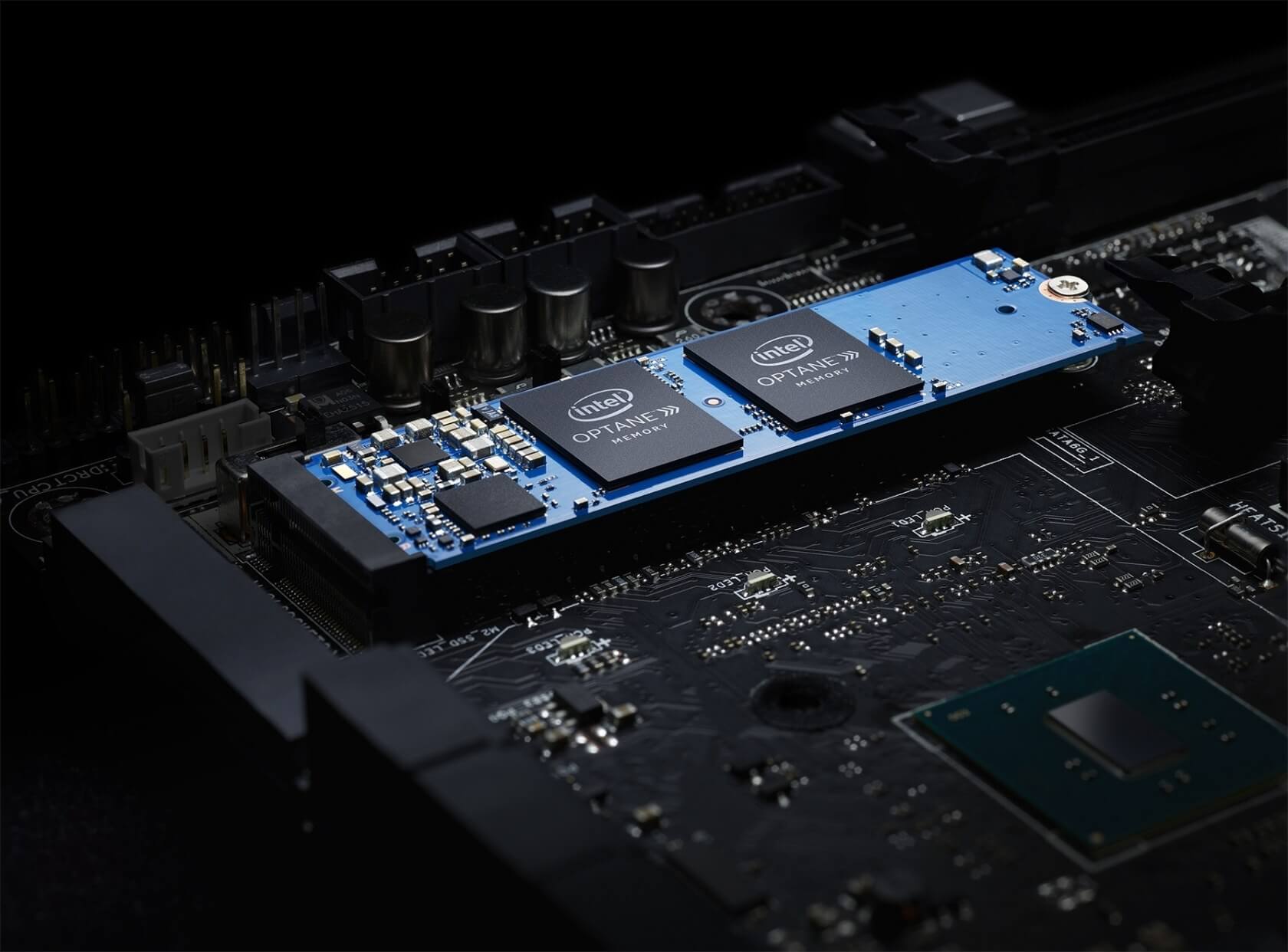Why it matters: At least two PC manufacturers are marketing systems by lumping Optane cache memory in with the DRAM to make it appear that the PC has more RAM than it does. Furthermore, Intel seems to be encouraging this disingenuous practice with a recent change to its FAQs regarding Optane memory.

ExtremeTech reports that Dell and HP are both advertising systems claiming to have 24GB RAM. However, a quick look into the specifications of the Dell G3 15 gaming laptop revealed that the computers actually only carry 8GB of DRAM and 16GB Intel Optane memory.
Likewise, HP lumped DRAM and Optane together but stated as much in its advertisement. However, this means little for those who don’t know exactly what it is, and there is a vast ocean of difference between Optane memory and DRAM.
“Combining DRAM and Optane cache drive capacities and pretending this refers to a single contiguous memory pool is a lie,” said ExtremeTech’s Joel Hruska.


Intel’s Optane memory is used to make SATA drives faster by storing commonly used data in an Optane memory cache for quick access. That is it. It is not a substitute for DRAM, a fact that until recently was explicitly stated in Intel’s FAQ pages.
Under the question, “What is the difference between Intel Optane memory and DRAM? Does it replace DRAM,” the company formerly stated, “The Intel Optane memory module does not replace DRAM so, for example, if a game requires 8GB of DRAM, you can’t use 4GB of DRAM and 16GB of Intel Optane memory to meet the game requirements. DRAM continues to be needed for regular PC functioning.”
Recently, the chip maker has changed the wording in the FAQ to read, “Intel Optane memory is called memory because it uses a new memory media to store information closer to the processor. It’s similar to the function of dynamic random access memory (DRAM).”
“Combining DRAM and Optane cache drive capacities and pretending this refers to a single contiguous memory pool is a lie.”
Not only is this contradictory to their original definition, but it is also patently false to claim that it is similar to DRAM. This wording seems to be giving OEMs the “greenlight” to falsely advertise Optane as part of a computer’s DRAM capacity.
This marketing ploy is misleading in the least, but I would argue is flat-out false advertising as it could lead a buyer to purchase a system with much less DRAM than he or she actually requires. This is especially true for the Dell ad, which just listed 24GB RAM without making the distinction between the DRAM and Optane like HP did.
Shortly after reaching out to Dell for comment, the advertisement in question was pulled, but not before ExtremeTech had grabbed a screenshot above. Neither Dell nor Intel has responded on the matter.
https://www.techspot.com/news/75137-optane-cache-drives-not-dram-but-not-what.html